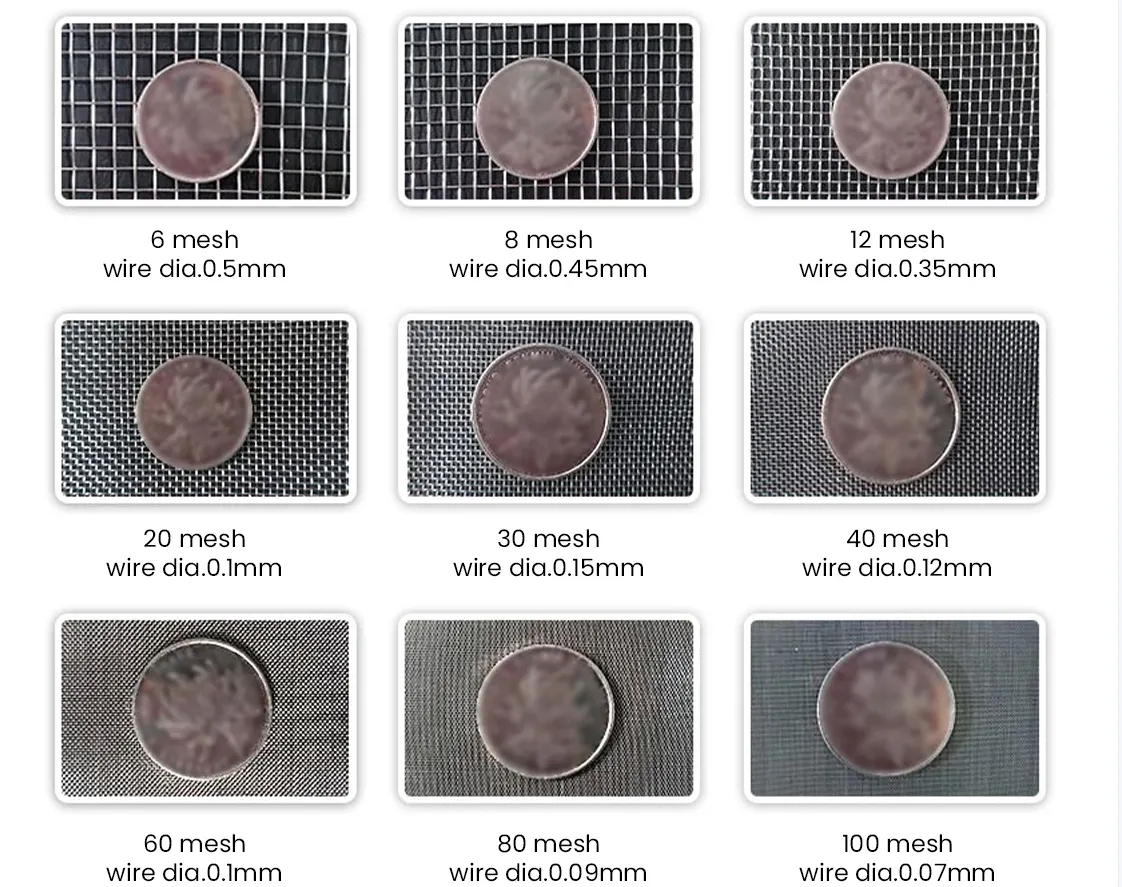The Benefits of Using Climbing Netting for Plant Support
When it comes to gardening and plant cultivation, one of the most essential aspects to consider is the support system for climbing plants. Among the various options available, climbing netting has gained immense popularity due to its versatile applications and effectiveness. This article explores the benefits of using climbing netting, tips for installation, and the types of plants that thrive with this support system.
What is Climbing Netting?
Climbing netting is a type of mesh material designed to assist climbing plants in their growth. Made from durable materials such as nylon or polypropylene, the netting features a grid-like structure that allows plants to latch onto it as they grow upward. This support system is particularly useful for plants that require vertical growth to maximize sunlight exposure and air circulation, ultimately leading to healthier plants and improved yields.
Benefits of Climbing Netting
1. Space Optimization One of the most significant advantages of climbing netting is its ability to optimize space in a garden or greenhouse. Vertical gardening allows for more plants to be cultivated in a smaller area, making it ideal for urban gardeners or those with limited space. Climbing plants like peas, beans, and tomatoes can be grown upward rather than outward, freeing up ground space for other crops.
2. Improved Air Circulation Climbing netting facilitates air circulation around the plants, reducing the risk of fungal infections and pests. Adequate airflow helps to dry off excess moisture from the leaves, which is crucial for preventing diseases such as powdery mildew. By promoting a healthy growing environment, climbing netting ultimately enhances plant health and productivity.
3. Enhanced Sunlight Exposure Many climbing plants thrive in full sunlight, making climbing netting an excellent choice for maximizing their exposure. As plants grow upwards, they can capture more sunlight, leading to better photosynthesis and increased fruit or flower production. This is particularly important for fruiting plants that require abundant sunlight to thrive.
4. Simplified Harvesting With climbing netting, harvesting becomes more efficient and easier. Fruits and vegetables that grow on vines, such as cucumbers and squash, are less likely to touch the ground, reducing the risk of rot and pests. Gardeners can easily access their crops without having to crouch down or dig through foliage.
5. Support for Heavy Fruits and Flowers Some climbing plants produce heavy fruits or large flowers that need additional support. Climbing netting can bear the weight of these crops, preventing branches from breaking and ensuring that the plants remain healthy. This support system ensures that the plants maintain their posture while bearing the weight of their produce.
plant climbing netting

Installing Climbing Netting
Installing climbing netting is a straightforward process that requires minimal tools and time. Here are some steps to consider
1. Choose the Right Location Select a location that receives adequate sunlight and has good soil drainage. The chosen area should also have a sturdy structure or post to anchor the netting.
2. Select Appropriate Netting Depending on the type of plants you wish to support, choose a netting material with openings suitable for their growing habits. For smaller plants, a finer mesh may be adequate, while larger or more robust plants may require a sturdier netting.
3. Install Support Structures Use stakes, trellises, or other supports to anchor the climbing netting in place. Ensure that the support structure is stable and tall enough to accommodate the expected height of the plants.
4. Attach the Netting Secure the netting to the support structure using clips or ties, ensuring that it is taut and free of sagging. This allows plants to easily climb and grip the netting as they grow.
5. Monitor Plant Growth As your plants grow, continue to guide their growth along the netting, ensuring they have a clear path and adequate support.
Conclusion
Climbing netting is an invaluable tool for any gardener looking to maximize space, promote healthy growth, and simplify harvesting. Its benefits are evident across various plant species and can significantly enhance the overall gardening experience. By providing the right support systems, gardeners can foster flourishing plant life, leading to greater satisfaction and bountiful harvests. Whether you’re a novice or an experienced gardener, integrating climbing netting into your gardening practices is a step towards a more productive and enjoyable cultivation journey.
-
The Best Metal Mesh Solutions: Expanded Aluminum Metal vs. Expanded Stainless Steel Metal
NewsSep.10,2024
-
Round Perforated Sheets vs. Hexagonal Perforated Sheets vs. Embossed Perforated Sheet Metal
NewsSep.10,2024
-
Perforated Metal Sheets
NewsSep.10,2024
-
Experience The Excellence Of Stainless Steel Grating
NewsSep.10,2024
-
Discover the Versatility Of Metal Mesh Expanded Forming Machines
NewsSep.10,2024
-
Discover The Advantages Of Steel Grating For Sale
NewsSep.10,2024
Subscribe now!
Stay up to date with the latest on Fry Steeland industry news.

